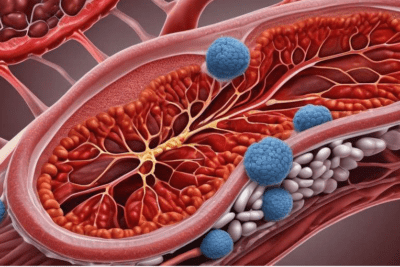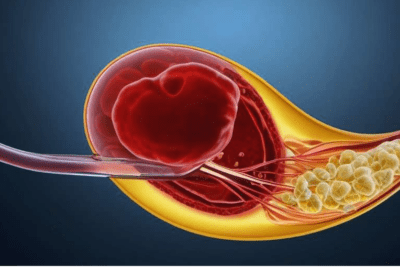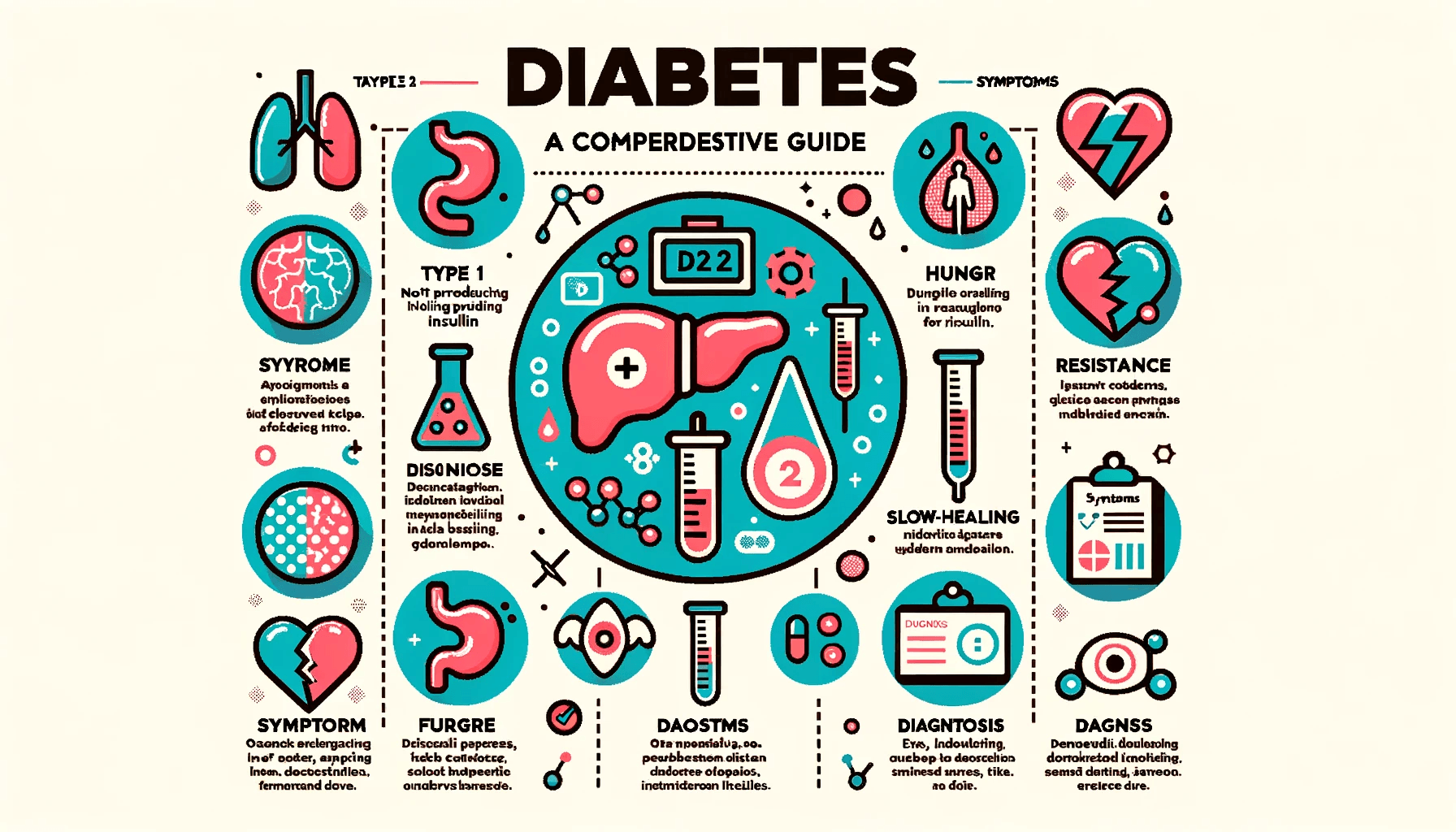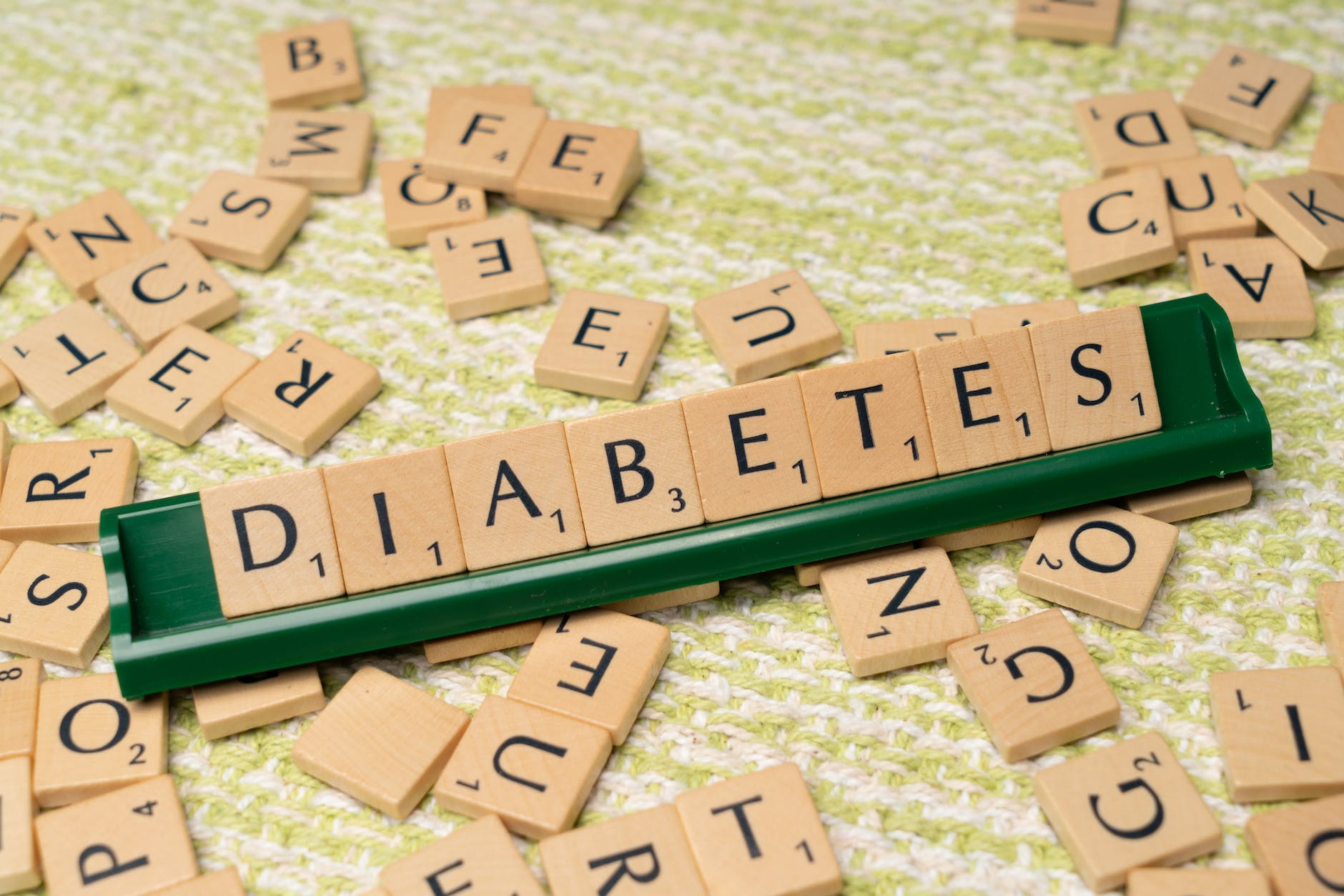
As individuals with type 1 diabetes may experience slow healing sores due to various factors such as circulation issues, neuropathic complications, and impaired immune function. Understanding these challenges is crucial in developing effective treatment strategies and preventive measures for managing diabetic wounds. By addressing the underlying causes of slow healing in diabetes, individuals can optimize their wound care routine and seek timely medical intervention to promote better healing outcomes.
🔍 Seeking a breakthrough in Type 2 Diabetes management?
Discover our expert insights and innovative approaches on ‘How to Cure Diabetes’.
Click to transform your health journey today!









What you\'ll find in this article?
- Understanding the Impact of Diabetes on Wound Healing
- Factors Contributing to Slow Healing Sores in Type 1 Diabetes
- Treatment Strategies for Accelerating Wound Healing in Diabetes
- Preventive Measures to Avoid Wound Complications in Type 1 Diabetes
- Seeking Professional Help: The Role of Wound Care Centers in Diabetes Management
Understanding the Impact of Diabetes on Wound Healing
Diabetes has a profound effect on the body's ability to heal wounds. Let's delve into how diabetes, specifically type 1 diabetes, can impact the wound healing process through various mechanisms.
The Role of High Blood Sugar Levels
Elevated blood sugar levels, a hallmark of diabetes, play a significant role in impairing wound healing. Excess sugar in the bloodstream can lead to damage of blood vessels, affecting circulation to the wound site. This compromised blood flow hinders the delivery of essential nutrients and oxygen necessary for proper healing, delaying the healing process.
Effects of Neuropathy on Wound Healing
Neuropathy, a common complication of diabetes, affects the nerves responsible for sensation in the body. In the context of wound healing, neuropathy can result in a decreased ability to feel pain or discomfort at the site of the wound. Without the warning signals of pain, individuals may fail to notice injuries or wounds, leading to delayed treatment and potential complications.
Immune System Impairment in Diabetes
Diabetes can weaken the body's immune system, leaving individuals more susceptible to infections that can further impede wound healing. High blood sugar levels create an environment that is conducive to bacterial growth, making it harder for the immune system to combat infections effectively. This impaired immune response can prolong the inflammatory phase of healing and delay the transition to the proliferative phase.
Factors Contributing to Slow Healing Sores in Type 1 Diabetes
Explore our specialized services in diabetes care 🌟.
From personalized diet plans to effective exercise routines, we have what you need to take control of Type 2 Diabetes.
Visit our services page now!
Understanding the complexities of slow wound healing in individuals with type 1 diabetes involves considering various factors that can impede the normal healing process. Circulation issues, neuropathic complications, and chronic inflammation play significant roles in the delayed healing of sores in diabetic individuals.
Circulation Issues and Wound Healing
- Poor circulation is a common concern among people with diabetes, affecting the delivery of essential nutrients and oxygen to the wound site.
- Restricted blood flow hinders the body's ability to combat infection and promote tissue regeneration, leading to prolonged healing times.
- Individuals with impaired circulation may experience heightened risk of developing diabetic foot ulcers and other chronic wounds due to compromised blood supply.
Neuropathic Complications and Wound Care
- Neuropathy, a common complication of diabetes, results in nerve damage that can diminish sensation in the extremities, making individuals less aware of injuries and wounds.
- Lack of pain perception can delay the detection of sores and lead to unchecked progression, increasing the risk of infection and delayed healing.
- Neuropathic foot ulcers are a prevalent manifestation of diabetic neuropathy, requiring specialized care to prevent complications and ensure timely healing.
Influence of Chronic Inflammation on Healing
- Chronic inflammation is a key factor contributing to the delayed healing of sores in type 1 diabetes, perpetuating a cycle of tissue damage and impaired repair processes.
- Elevated levels of inflammatory markers in the body can disrupt the normal healing cascade, prolonging the inflammatory phase and delaying tissue reconstruction.
- Managing chronic inflammation through targeted interventions and wound care strategies is essential for overcoming healing barriers in diabetic individuals with slow-healing sores.
Treatment Strategies for Accelerating Wound Healing in Diabetes
When it comes to managing slow healing sores in individuals with type 1 diabetes, implementing effective treatment strategies is crucial. By following proper wound care techniques and seeking timely medical intervention, individuals can promote faster and more efficient healing processes.
Monitoring and Managing Wounds at Home
- Regularly inspect wounds for any signs of infection, such as redness, swelling, or pus.
- Cleanse wounds gently with mild soap and water to prevent bacterial growth.
- Apply appropriate dressings to protect the wound and promote healing.
Proper Wound Cleaning and Dressing Techniques
- Use sterile tools and supplies when cleaning wounds to prevent further contamination.
- Avoid harsh chemicals or abrasive materials that may irritate the skin or impede healing.
- Change dressings regularly to maintain a clean and moisture-balanced environment for the wound.
Importance of Early Medical Intervention
Seeking medical assistance at the first sign of wound complications is crucial for individuals with diabetes. Early intervention can help prevent further infection, promote faster healing, and reduce the risk of serious complications.
Preventive Measures to Avoid Wound Complications in Type 1 Diabetes
Maintaining Healthy Blood Sugar Levels
Managing blood sugar levels is crucial for preventing complications in individuals with type 1 diabetes. Consistently high glucose levels can impair wound healing and increase the risk of infections. Here are some key strategies to help maintain healthy blood sugar levels:
- Monitor blood sugar regularly to stay within target ranges.
- Follow a balanced diet rich in whole foods and low in processed sugars.
- Engage in regular physical activity to improve insulin sensitivity.
- Take medications as prescribed by healthcare providers.
Foot Care Tips for Diabetic Patients
Foot complications are common in individuals with diabetes, making proper foot care essential for preventing wounds and infections. Here are some foot care tips to reduce the risk of complications:
- Inspect feet daily for any signs of cuts, blisters, or sores.
- Keep feet clean and dry, paying attention to spaces between toes.
- Choose appropriate footwear that fits well and provides adequate support.
- Avoid going barefoot to prevent injuries and protect feet from potential hazards.
Lifestyle Modifications for Improved Healing
Adopting healthy lifestyle habits can support overall well-being and enhance the body's ability to heal wounds effectively. Consider the following lifestyle modifications for improved wound healing in individuals with type 1 diabetes:
- Quit smoking, as tobacco use can impair circulation and delay healing.
- Manage stress levels through relaxation techniques or mindfulness practices.
- Get sufficient sleep to promote immune function and tissue repair.
- Incorporate nutrient-dense foods like fruits, vegetables, and lean proteins into your diet.
Seeking Professional Help: The Role of Wound Care Centers in Diabetes Management
Services Offered by Wound Care Centers
Wound care centers play a crucial role in the management of diabetic wounds, providing specialized services tailored to the unique needs of individuals with diabetes. These centers offer a range of treatments, including advanced wound dressings, debridement procedures, and offloading techniques to promote healing and prevent complications.
Moreover, wound care centers employ skilled healthcare professionals, such as wound care specialists, nurses, and podiatrists, who work collaboratively to assess, treat, and monitor diabetic wounds. They utilize state-of-the-art technologies and evidence-based practices to deliver comprehensive care and support to patients with slow healing sores.
Benefits of Specialized Wound Treatment
The specialized wound treatment provided at wound care centers offers several benefits to individuals with diabetes. By receiving care from experts experienced in diabetic wound management, patients can access individualized treatment plans designed to address their specific wound care needs.
Furthermore, specialized wound treatment aims to improve wound healing outcomes, reduce the risk of infection, and enhance overall quality of life for individuals living with diabetes. With a focus on promoting optimal healing and preventing complications, specialized wound care can significantly impact the well-being of patients with slow healing sores.
Importance of Timely Intervention for Wound Healing
Timely intervention is crucial for promoting effective wound healing in individuals with diabetes. Seeking care at a wound care center promptly can help prevent the progression of slow healing sores, reduce the risk of complications, and enhance the overall healing process.
By addressing diabetic wounds early and receiving appropriate treatment, individuals can improve healing outcomes, reduce the likelihood of serious infections, and prevent long-term consequences associated with untreated wounds. Timely intervention at wound care centers plays a vital role in optimizing the management of diabetic wounds and supporting the overall health and well-being of patients.
✨ Other articles you might be interested in:
- Recurrent Infections in Type 1 Diabetes: Prevention and Management
- Type 2 Diabetes Symptoms Overview: Everything You Need to Know
- Increased Urination: Causes, Symptoms, and Treatment
- Excessive Thirst: Warning Sign of Underlying Health Issues
- Unexplained Weight Loss: Signs and Solutions for a Healthier You



